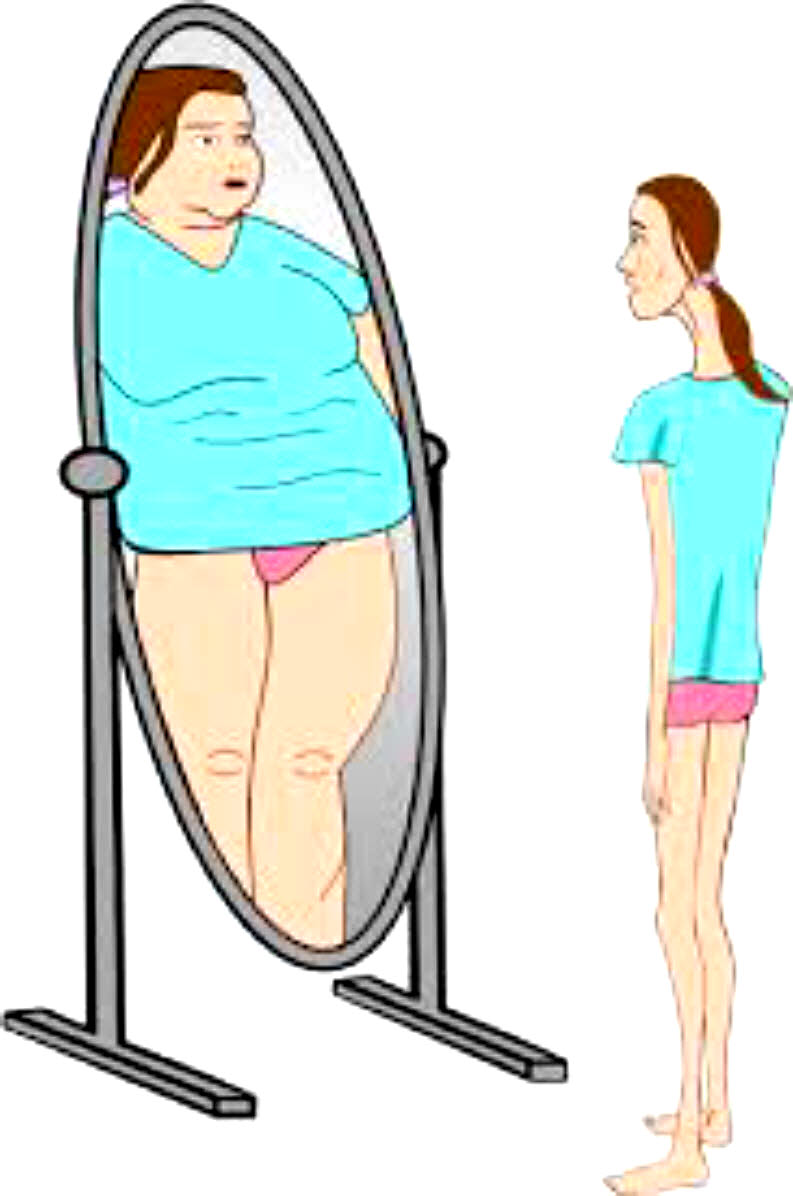Plus, 4 warning signs to look out for

Between 2001 and 2017, #suicide rates in the #UnitedStates increased by more than 30%. Alarmingly, #suicide was the second-leading cause of death for people between the ages of 10 and 34. #Men appear to be at a higher risk. #Suicide rates among them are four times higher than those of #women.
While it may seem like a hopeless situation, when you know the risk factors and recognize the warning signs, suicide can be prevented. Psychiatrist Tatiana Falcone, MD, offers information to help you determine if a loved one is at risk.
#JamesDonaldson notes:
Welcome to the “next chapter” of my life… being a voice and an advocate for #mentalhealthawarenessandsuicideprevention, especially pertaining to our younger generation of students and student-athletes.
Getting men to speak up and reach out for help and assistance is one of my passions. Us men need to not suffer in silence or drown our sorrows in alcohol, hang out at bars and strip joints, or get involved with drug use.
Having gone through a recent bout of #depression and #suicidalthoughts myself, I realize now, that I can make a huge difference in the lives of so many by sharing my story, and by sharing various resources I come across as I work in this space. #http://bit.ly/JamesMentalHealthArticle
#Suicideriskfactors
There isn’t just one reason for why a person contemplates or attempts #suicide. But having one of these five risk factors may make occurrences of it more likely:
1. Substance abuse
One-third of people who die by #suicide were intoxicated at the time of death. “If someone drinks more or misuses a prescribed #anxiety medication, it can create impulsivity,” says Dr. Falcone. “For a person already feeling hopeless, substance abuse increases the likelihood they will think about or attempt #suicide.”
2. Prolonged #stress
Financial #stress, bullying or stressful life events such as divorce may make someone more prone to #suicide. “In #children and #teens, we know #socialmedia can be detrimental if someone is bullied or experiences negative conversations,” says Dr. Falcone. “These incidents can be triggers for #suicideattempts.”
3. #Mentalillness
Less than half of people who die by #suicide have a #mentalhealthcondition such as bipolar disorder, schizophrenia or a personality disorder. “We also know that #depression and #anxiety are major contributors,” says Dr. Falcone.
4. Chronic illness
A chronic illness, such as diabetes or epilepsy, may result in feelings of helplessness that lead to #suicidalideation. “People with a heart condition or asthma deal with many struggles daily,” notes Dr. Falcone. “Feelings of hopelessness can increase as they contemplate managing the condition long term or as it worsens. Physical pain is another reason why people may contemplate #suicide.”
5. Historical factors
Experiencing abuse or a traumatic incident, including a traumatic brain injury, increases the likelihood that someone will attempt #suicide. Someone is also at increased risk if they have previously attempted #suicide or have a family history of it.
4 signs that someone might be considering #suicide
“If a loved one has one of the #suiciderisk factors, you may want to keep a closer watch, particularly if they are using alcohol or drugs more often,” says Dr. Falcone. “It’s also important to look for major behavior changes that might indicate suicidal ideas.”
Red flags your loved one is considering #suicide include:
1. Mood changes
“#Hopelessness is a strong sign someone may have suicidal thoughts,” says Dr. Falcone. “This includes feeling like nothing has or will work to improve their mood and outlook.” Other signs might be agitation, anger, dramatic mood swings, or difficulty falling or staying asleep.
2. #Isolation
Someone who previously participated in activities with family or friends but now spends more time isolated or disconnected could be at greater risk. “Pay attention to whether your loved one is becoming more withdrawn and avoiding connection — in-person or online,” says Dr. Falcone.
3. Excessive worrying
“#Suicidesurvivors reported worrying about the present and the future in the 30 minutes before a #suicideattempt,” says Dr. Falcone. “Because of this, we know panic attacks may be a sign or trigger for #suicide.”
4. Reckless behavior
Being increasingly careless, reckless or impulsive could be a sign that a loved one is contemplating #suicide. “We see an increase in self-injuring behavior, such as cutting,” says Dr. Falcone. “We don’t take it as a #suicideattempt, but it’s showing us the person needs help addressing the stressors that make him or her want to hurt themselves.”
#Suicideprevention: When to call 911
If you notice one or more of the warning behaviors, connect your loved one with their provider or a #mentalhealthprofessional. “If the threat of #suicide feels imminent, do not leave them alone,” says Dr. Falcone. “Instead, take them to the nearest emergency department for evaluation.”
To determine if your loved one needs immediate help, watch for these behaviors:
- Buying a weapon, collecting pills or searching online about #suicide.
- Parting with possessions.
- Organizing personal items or paying off debts.
- Saying permanent goodbyes.
Fortunately, dealing with a #suiciderisk factor — or even exhibiting warning signs — doesn’t mean someone will attempt it. But if you or someone you know needs help, the 24/7 #NationalSuicidePreventionLifeline 800.273.8255 (or via chat) is a free resource that connects people in crisis to a local counselor. If you feel like a loved one is in immediate danger, take them to the hospital or call 911. The key to saving a life is to get help sooner than later.



